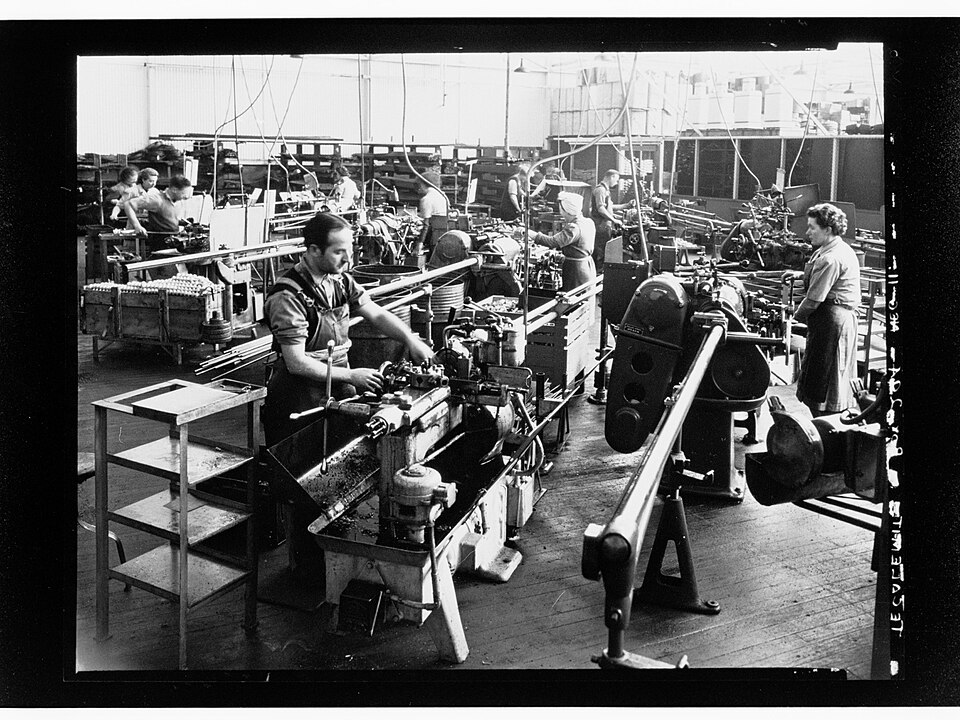Australia's Forgotten Auto Manufacturing Legacy: Beyond Holdens and Fords

In a nostalgic reflection on Australia’s automotive history, the legacy of car manufacturing extends far beyond the iconic Holdens and Fords. The last Australian-made vehicle rolled off the production line on October 20, 2017, marking the end of an era that had persisted for over a century. This report explores the lesser-known aspects of the Australian automotive industry, highlighting the foreign brands that were assembled domestically, such as Citroëns, Minis, and Mercedes-Benzes.
During its peak, Australia was home to numerous car assembly plants that produced not only domestic models but also foreign brands. According to Dr. Sarah Johnson, Professor of History at Monash University, “The local assembly of foreign cars was a strategic move to bypass tariffs imposed on fully imported vehicles, which protected the burgeoning Australian industry.” This resulted in the assembly of French Citroëns and Renaults, German Volkswagens, and even British Minis, all of which were bolted together in various locations across the country.
The Citroën ID19 Parisienne, for instance, was uniquely modified for Australian conditions and assembled in Heidelberg, Melbourne. Ferdi Saliba, a member of the Citroën Car Club of Victoria, shared his experience: “Many admirers of my ID19 are astonished to learn it was assembled in Australia, showcasing the blend of French design with local craftsmanship.” The ID19 was produced with parts sourced mostly from France, yet featured specifications tailored to the Australian market, such as a traditional manual transmission and locally sourced materials, making it easier for enthusiasts to maintain.
Similarly, the Australian Motor Industries (AMI) produced several models, including Mercedes-Benz vehicles, in Port Melbourne. Ian Hemphill, a member of the Mercedes-Benz Classic Car Club Newcastle, remarked, “Telling fellow Mercedes owners that my car was assembled in Melbourne often surprises them, as they assume all models come from Stuttgart.” The 220S Ponton model, one of the flagship vehicles, was assembled from complete knockdown kits, further emphasizing the intricate history of automotive manufacturing in Australia.
Volkswagen also made significant contributions to this narrative. According to Phil Matthews, editor of Club VW, the local assembly of Beetles and Kombis involved a substantial proportion of Australian-made parts. “By the late 1950s, our assembly line was producing up to 90 cars per day, with as much as 75% local content,” he noted. However, strategic shifts in production and competition led to a decline in local manufacturing, culminating in the cessation of assembly in the late 1970s.
The end of large-scale car manufacturing in Australia is attributed to a combination of factors, including a small domestic market and increasing competition from overseas manufacturers. As tariffs on imports were gradually reduced, it became economically unfeasible for local manufacturers to continue operations. This shift has left Australia with a handful of small-scale vehicle producers and heavy vehicle manufacturers like Kenworth and Volvo, which still maintain an assembly presence.
While the closure of the last production lines marked a significant shift in the Australian automotive landscape, the legacy of these vehicles remains. Many enthusiasts continue to cherish the unique blend of international designs and local assembly that characterized this era. As noted by Dr. Johnson, “The history of car manufacturing in Australia is not just about the vehicles themselves, but about the communities and economies they supported.”
In conclusion, the story of Australia’s automotive industry is a rich tapestry woven from numerous threads, including those of foreign brands that once reigned on local roads. Understanding this history not only honors the legacy of Australian manufacturing but also informs future discussions about the evolving automotive landscape in a globalized world.
Advertisement
Tags
Advertisement





